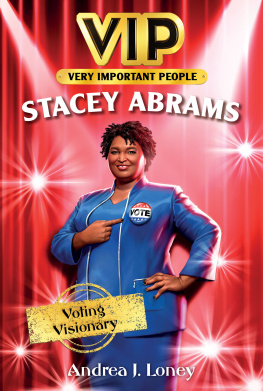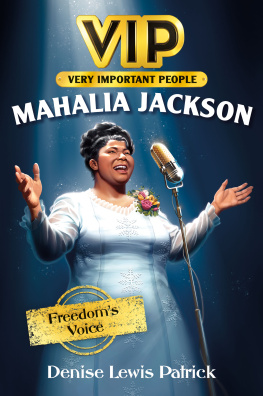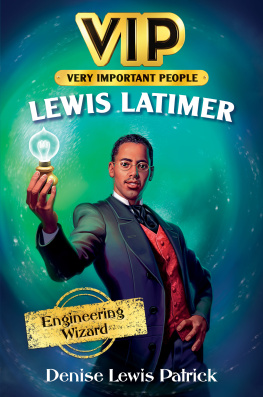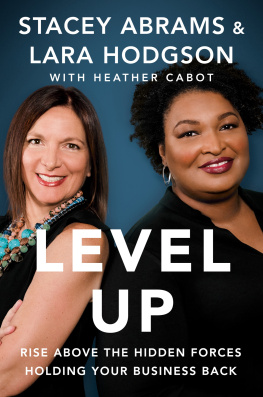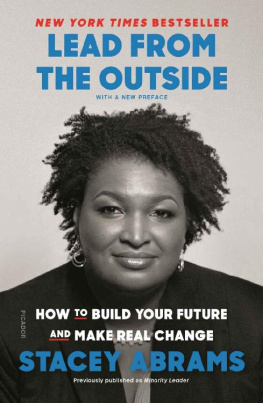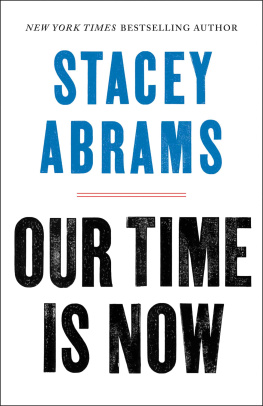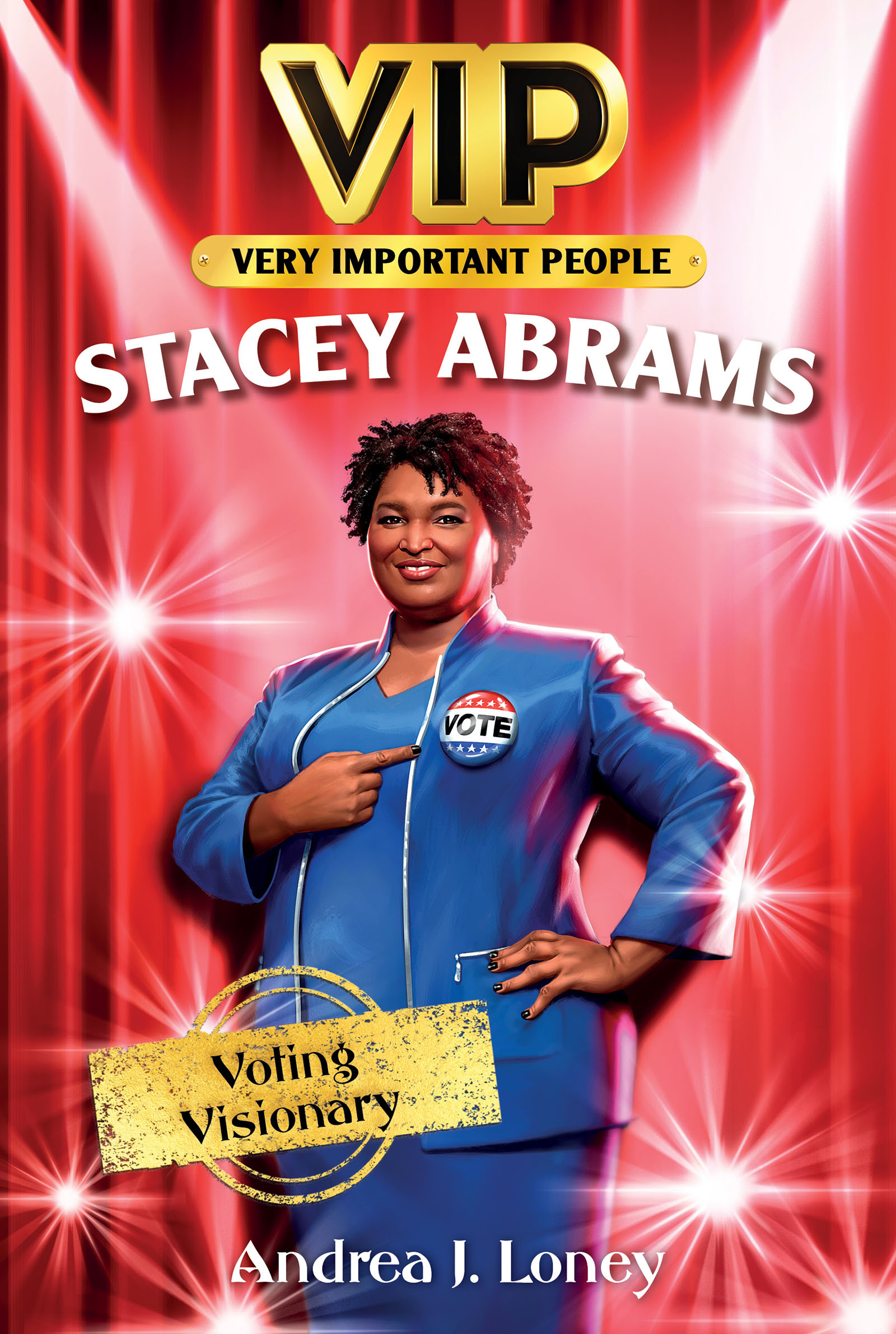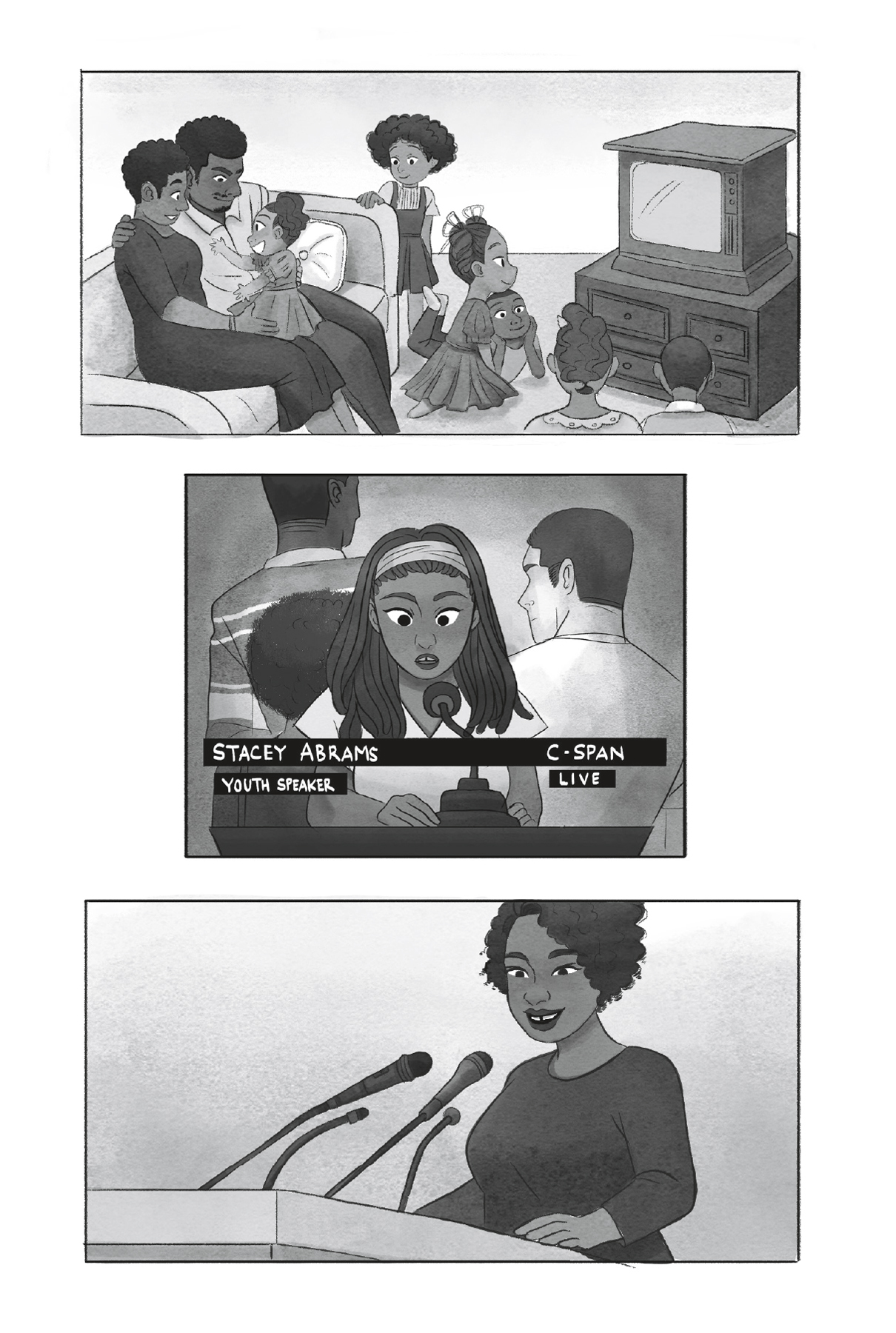Andrea J. Loney - Stacey Abrams: Voting Visionary
Here you can read online Andrea J. Loney - Stacey Abrams: Voting Visionary full text of the book (entire story) in english for free. Download pdf and epub, get meaning, cover and reviews about this ebook. year: 2022, publisher: HarperCollins, genre: Politics. Description of the work, (preface) as well as reviews are available. Best literature library LitArk.com created for fans of good reading and offers a wide selection of genres:
Romance novel
Science fiction
Adventure
Detective
Science
History
Home and family
Prose
Art
Politics
Computer
Non-fiction
Religion
Business
Children
Humor
Choose a favorite category and find really read worthwhile books. Enjoy immersion in the world of imagination, feel the emotions of the characters or learn something new for yourself, make an fascinating discovery.
- Book:Stacey Abrams: Voting Visionary
- Author:
- Publisher:HarperCollins
- Genre:
- Year:2022
- Rating:5 / 5
- Favourites:Add to favourites
- Your mark:
Stacey Abrams: Voting Visionary: summary, description and annotation
We offer to read an annotation, description, summary or preface (depends on what the author of the book "Stacey Abrams: Voting Visionary" wrote himself). If you haven't found the necessary information about the book — write in the comments, we will try to find it.
Get ready to fight for whats right with Stacey Abrams in this exciting middle grade nonfiction biography. Perfect for fans of the Who Was and Little Leaders series, the books in the VIP series tell the trueand amazingstories of some of historys greatest trailblazers. Meet the VERY IMPORTANT PEOPLE who changed the world!
Stacey Abrams is an activist who works for fair voting rights. Shes a lawyer, an author, and a Nobel Peace Prize nominee, too! Experience all the exciting moments in Staceys thrilling life in this exciting biography, packed with two-color illustrations and fun facts, like how the census helps everyone!
Short and engaging chapters are interspersed with special lists and other information made to order to engage kids, whether theyre already biography fans or have to write a report for school. Extras include a timeline, a bibliography, and a hall of fame of other successful African American organizers and leaders.
The VIP series features inspiring adventures and fun facts about some of historys greatest trailblazerssmart, tough, persevering innovators who will inspire todays kids. Featuring underappreciated historical figures and groups, with a focus on leaders in science and technology, the nonfiction biographies in the VIP series are fun and engaging. Just looking at the cover will make kids want to learn more about these VIPs, and once they dive in they will zoom through stories that read like adventures.
Each book in the VIP series allows your middle grader to experience all the exciting moments in some very important but lesser known lives. These biographies for kids age 9-12 include: VIP: Dr. Mae Jemison: Brave Rocketeer: Engineering Wizard; VIP: Mahalia Jackson: Freedoms Voice; and VIP: Lewis Latimer.
Andrea J. Loney: author's other books
Who wrote Stacey Abrams: Voting Visionary? Find out the surname, the name of the author of the book and a list of all author's works by series.

